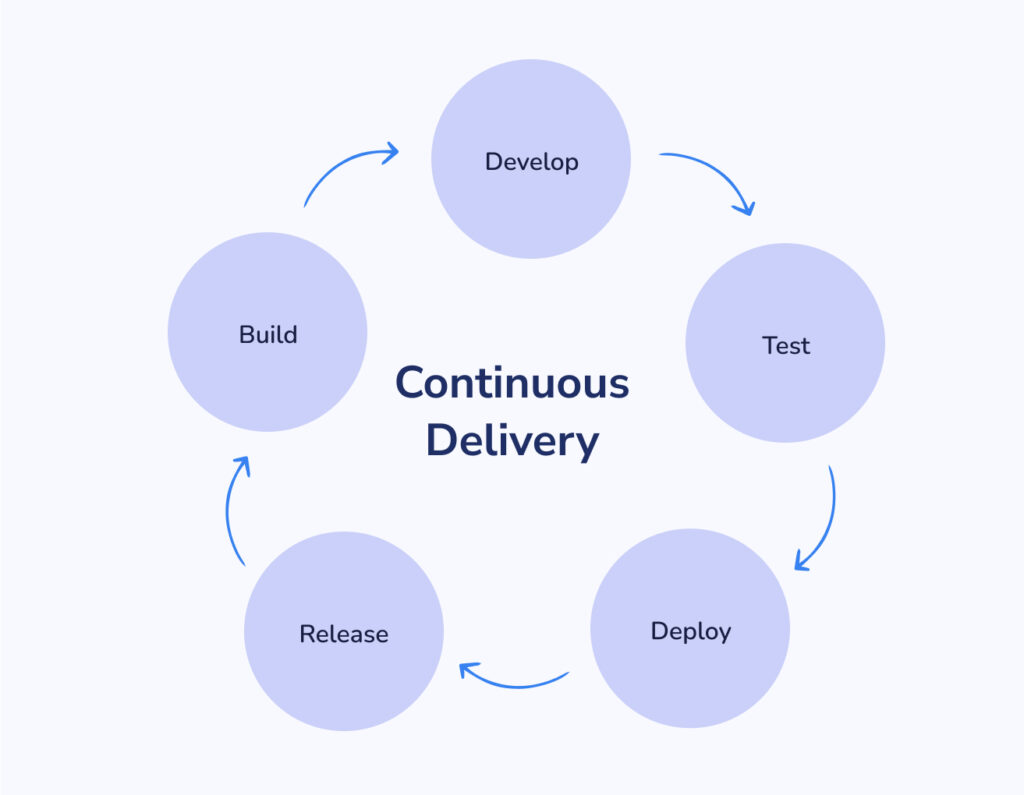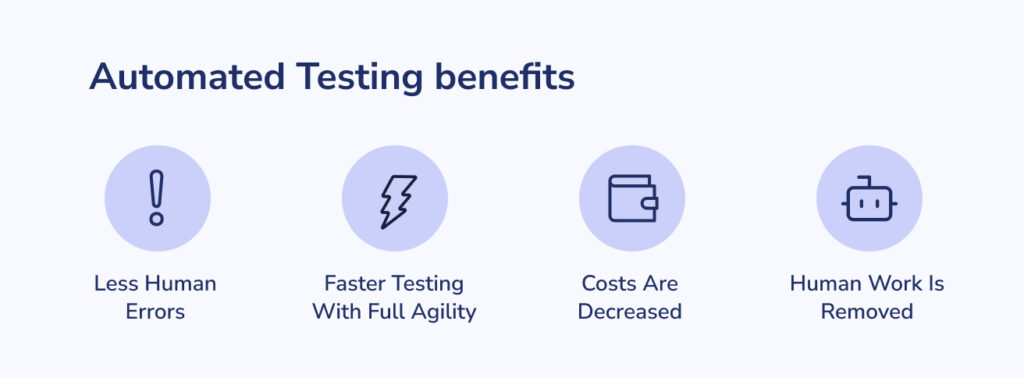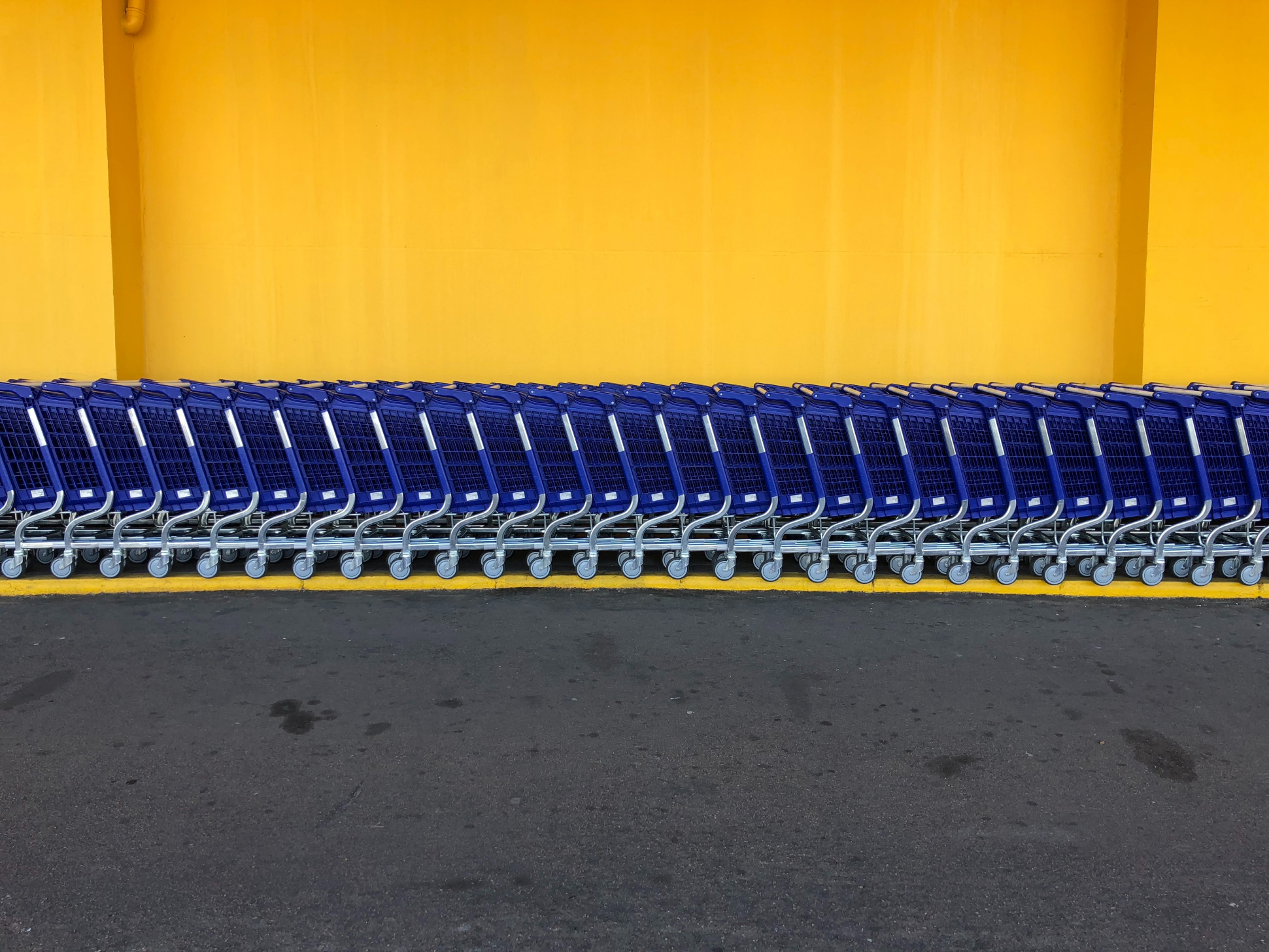<How to Achieve Continuous Delivery with Automated Testing?>
Want to see successful outcomes in CD or continuous delivery? You need to integrate continuous test automation for DevOps to create new software in an ongoing and incremental manner. The success of CD depends crucially on automated continuous testing and the deployment of software across the development lifecycle. CD requires continuous integration or CI. Additionally, continuous delivery works best with a test-driven development (TDD) approach. The approach requires live feedback and the standardization of repetitive processes.
CD effectively helps reduce testing time without compromising quality in the delivery pipeline. All kinds of testing complexities can be addressed, keeping pace with the rising needs of continued delivery.
Before we understand the association between CD and automated testing, it is crucial to know what continuous delivery and automated testing are.
Navigating Continuous Delivery (CD) for Efficient Software Releases
What does CD mean? In simple words, it means releasing new codes at the fastest possible speed. It is a part of an agile software production process and is key to optimizing the deployment pipeline. As per Jez Humble, CD is “the ability to get changes of all types—including new features, configuration changes, bug fixes and experiments—into production, or the hands of users, safely and quickly in a sustainable way.” It is the process that executes automated tests in the software delivery platform.

When a feature is developed by software developers, and before it is released to end-users. It is critical to test the feature. There are two ways to do it – manual or automated testing.
Manual testing is not just a slow process, it is also expensive and error-prone. Automated testing is faster, more accurate, lower risks, and improves product quality. Thus, running automated tests is crucial for agile and delivery automation. Therefore, the three facets of CI, CD, and automated testing are correlated, benefitting the software development team in numerous ways.
Continuous Delivery is featured by:
- Continuous integration that translates into testing at every point across multiple devices and ecosystems.
- Higher frequency of testing before release.
- Testing starts much before in the software release pipeline.
The benefits include:
- Enhancing the productivity of the software team.
- Automating the release process in the software development lifecycle.
- Detecting bugs and addressing them faster.
- Updates are delivered faster.
Continuous test automation does not test a piece of code at the very end. It involves testing almost immediately after a piece of code is created. Unlike the conventional waterfall approach, product development exists in silos, but that model is completely disrupted with CD, CI, and automated testing.
Automated Testing
Continuous delivery testing can be achieved phenomenally by automating testing. Test automation starts as soon as the code is written. Since this form of testing does not involve humans, there are plenty of inherent benefits that are delivered. These include:
- Human errors and bottlenecks are removed as dependency decreases.
- Testing occurs at high speed and with full agility.
- Costs are decreased.
- Repetitive human work is removed completely.

Achieving Continuous Delivery With Automated Testing
A lot depends on product release, which is dramatically improved by CD. Continuous Delivery helps develop a competitive culture in the software development ecosystem.
- CD ensures enhanced code security, safety, and consistency. Automated testing helps scale the software development process while it does not hinder the business.
- Continuous delivery is powered by consistent feedback. Continuous test automation facilitates faster execution, and thereby, inputs are shared in real-time for stakeholders to make decisions accordingly, thus facilitating faster releases.
- The CD helps avoid bug risks that arise from releasing products that are not checked or tested. In the long run, this helps establish a strong brand identity for the business.
- The integration of continuous delivery and automated testing not only facilitates faster deliveries but also helps resolve quality issues that were often the case with manual testing.
- Automated testing can be carried out on processes and procedures across multi-platform and multi-browser ecosystems.
Check out our unique testing framework
Read moreKey Enablers of CD
Continuous delivery can be well-achieved when certain enablers are taken care of. These include –
- As part of continuous test automation, organizations need to adopt the shift left approach that typically ensures that automated tests are written simultaneously with development. It ensures that each layer in the delivery pipeline is tested parallelly and as soon as codes are written.
- The tools of automated testing must execute all tests alongside one another, automatically and across different test ecosystems. Thus, there is faster feedback flowing in so that appropriate steps can be taken to improve user experiences.
- The tools and ALM tools must be associated to help track changes and ensure that all requirements of the stakeholders are suitably met.
- CD and test automation creates a collaborative work environment wherein tools like Slack help team members from different teams share and communicate with ease.
- With CD, the need for rework is minimized to a great extent. This helps maintain tests with practically no effort, which in turn means low maintenance.
- The CD is better handled when real-world testing ecosystems can be accessed with ease. Thus, tests can be run concurrently with product development, anytime, anywhere, and continuously.
- Continuous delivery testing needs to evaluate the business risks of any application in real time. It is important because it helps get faster, accurate, and live feedback, facilitating decisions that are well-informed.
- As mentioned earlier, continuous delivery works optimally when automated testing is seamlessly integrated with continuous integration tools.
Conclusion
Continuous Delivery involves delivering new codes to users at optimized speed. Manual testing is time-consuming and delays the delivery automation process. Automating testing processes helps achieve the goal of continuous delivery. An essential part of continuous delivery testing is continuous integration that helps run automated tests end-to-end. There is an intricate relationship between CI, CD, and automated testing. The end result is a highly agile and high-velocity team, ensuring quality and deployability at every phase of software development at all times.
To achieve continuous delivery, it is crucial to take the help of experts. Aiming to deliver excellent products and superior user experiences? Connect with WeAreQA, a strategic quality partner facilitating cost-effective and time-efficient automated testing.



